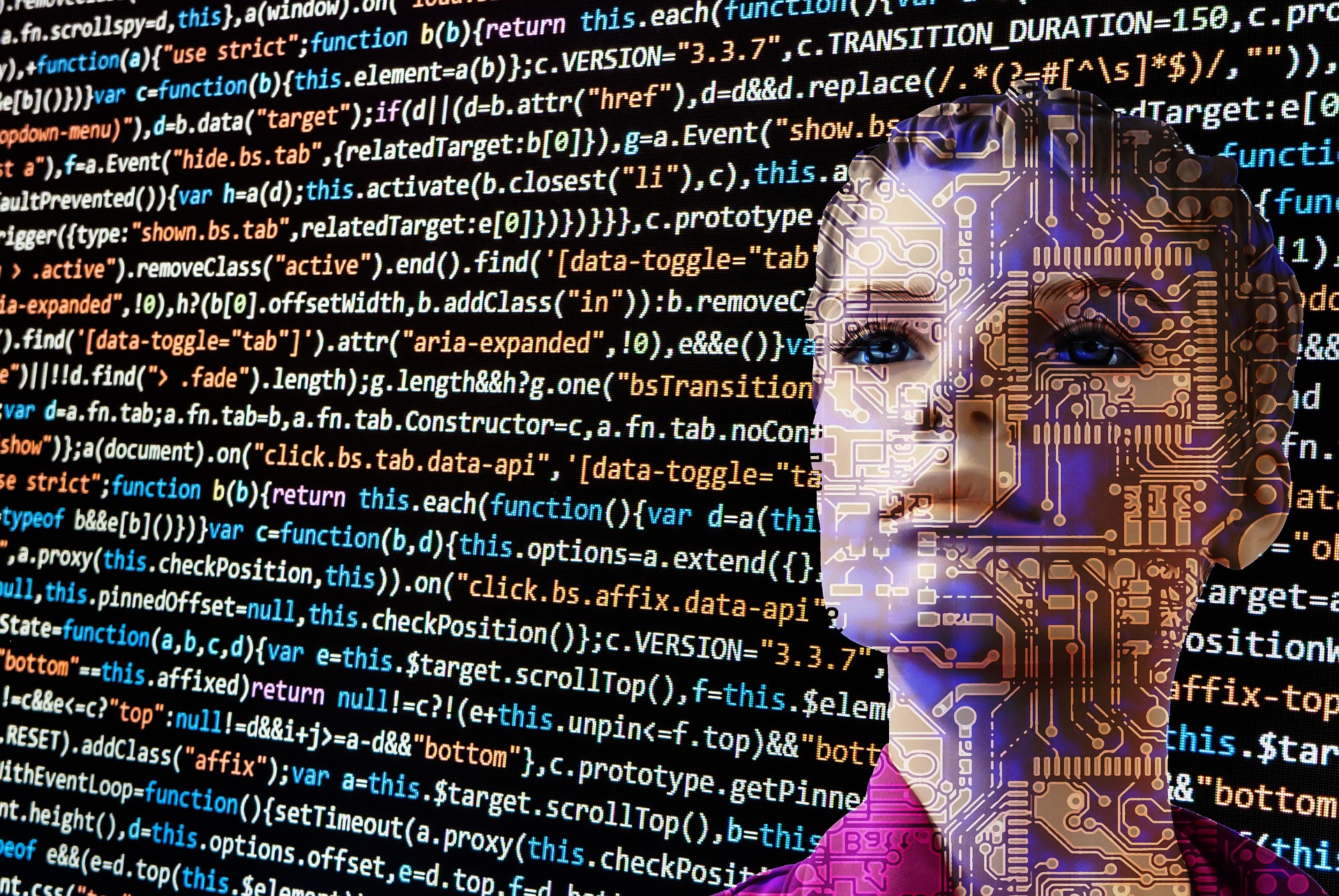The connection between the human brain, artificial intelligence, and robotics is fascinating and rapidly evolving. At its core, AI is based on the idea of creating intelligent machines that can perform tasks and make decisions in a way similar to humans— reducing errors and increasing safety and efficiency. The connection between the human brain, the development of AI and its application to robotics has some fascinating developments and a future full of complex implications and opportunities.
However, there are also concerns about the relationship between the brain and robots, particularly regarding the potential for robots to replace human workers. As robots become more advanced and capable of performing a wider range of tasks, will they replace human workers? How do we align advancement in the field with our “tech for good” values, specifically in robotics?
The human brain vs. artificial intelligence
The human brain is a complex organ that processes large amounts of information in real-time. It performs various functions, including perception, movement, learning, and decision-making. When considering advancements in AI, the human brain is the ultimate source of inspiration. Scientists have been working for decades to understand how it works and how to replicate its elegance in machines.
In contrast, artificial intelligence (AI) is the ability of machines to simulate (?) human intelligence and to perform tasks that normally require human intelligence, such as understanding a variety of language, recognizing patterns, making simple and complex decisions, and learning from experience over time. Leveraging advancements in AI is critical in developing intelligent robots, like we do here at SK Godelius.
The relationship between neurobiology and AI is intriguing. The intersection of these two fields can greatly enhance our understanding of both human intelligence and how we can leverage AI to improve our everyday lives.
Unexpected connections and a complex relationship
Overall, the relationship between the brain and robots is a complex and multifaceted. One area where neurobiology and AI have been particularly fruitful is neural network development. Neural networks in some sense emulate how the brain processes information. These well-researched models are based on the structure and function of neurons and synapses in the brain. By studying their behaviour, we can gain insights into the underlying mechanisms of neural processing and how it relates to cognition and behaviour. By mimicking how the brain processes information, these networks can perform complex tasks with accuracy, without the need for human intervention. In some cases, they can even outperform humans at certain tasks.
Check out our recent blog on how recent advancements have made it possible for AI to enable robots to operate in unstructured environments.
The first applications of AI in robotics
The earliest application of AI in robotics can be traced back to the 1950s and 1960s. At this time, researchers were exploring using computers to simulate human intelligence. Robotics was seen as a promising application of this technology.
In the 1970s and 1980s, researchers began experimenting with more complex application of AI in robotics, such as machine learning and computer vision. These techniques allowed robots to learn from their experiences and adapt their behaviour, accordingly, making them more versatile and adaptable. One of the key breakthroughs in the field of AI and robotics came in the 1990s when researchers began to explore the use of neural networks in robotics, allowing robots to make more autonomous decisions. In the early 2000s, the development of deep learning techniques provided another major leap forward in integrating AI into robotics. These techniques allowed robots to analyze vast amounts of data and identify patterns and relationships, making them more effective at object recognition and image analysis tasks.
What the future holds
Today, AI is being used in a wide range of robotics applications, from manufacturing and logistics to healthcare and transportation. One goal in robotics is to create machines that can work alongside humans in a variety of settings. The earliest attempts at AI in robotics were focused on creating machines that could perform simple tasks such as sorting objects, stacking blocks, and moving items from one place to another. A set of pre-programmed instructions typically controlled these early robots and were not capable of adapting to changing circumstances or learning from experience.
One of the most significant developments in this field is the use of deep learning algorithms that enable robots to learn from their environment and adapt their behaviour based on the data they collect. This allows robots to perform previously impossible tasks, such as navigating complex environments, recognizing objects and people, and interacting with humans more effectively.
Another area of development is the integration of AI and robotics with other technologies such as sensors, IoT, and cloud computing. This integration allows for more advanced and complex robotic systems that can communicate with each other and with humans, analyze data in real-time, and make decisions based on that data.
In the future, we can expect to see the development of more human-like robots that can interact with humans in more natural and intuitive ways, making them more useful for tasks such as customer service or caregiving.
Tech for good: create an AI enabled robotics solutions your business with SK Godelius
At SK Godelius, we see extensive opportunity to leverage AI for good, enabled robotic solutions for the mining sector.
Our team is ready to help you solve your robotics challenges.
As an industry leader, we conceive, develop, manufacture, integrate, implant, and operate engineering solutions related to automation, teleoperation, robotization and the connectivity of large machines, vehicles, robots and processes in open-pit and underground mining. No matter which environment and operational framework we are at, our priority is to work with you to develop individual projects that bring value to your business.
Contact us to learn more about our process and how we can help your business innovate with robotics in unstructured environments.




